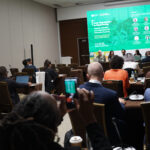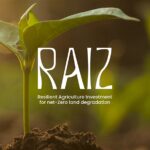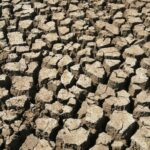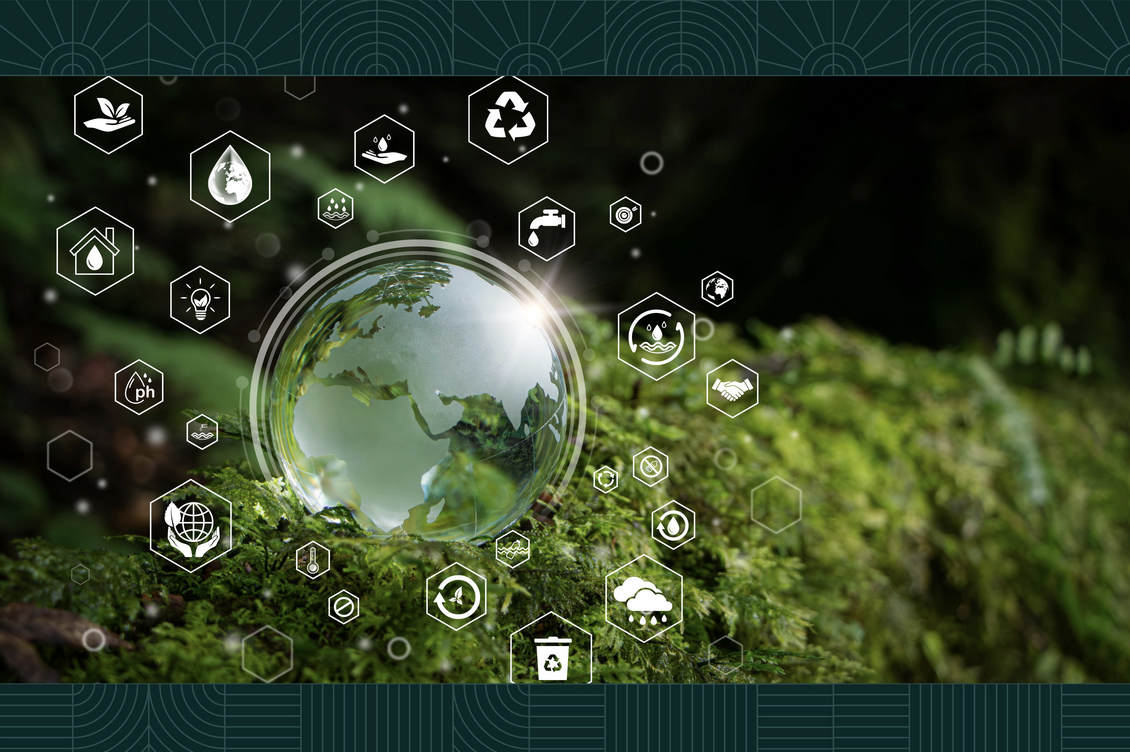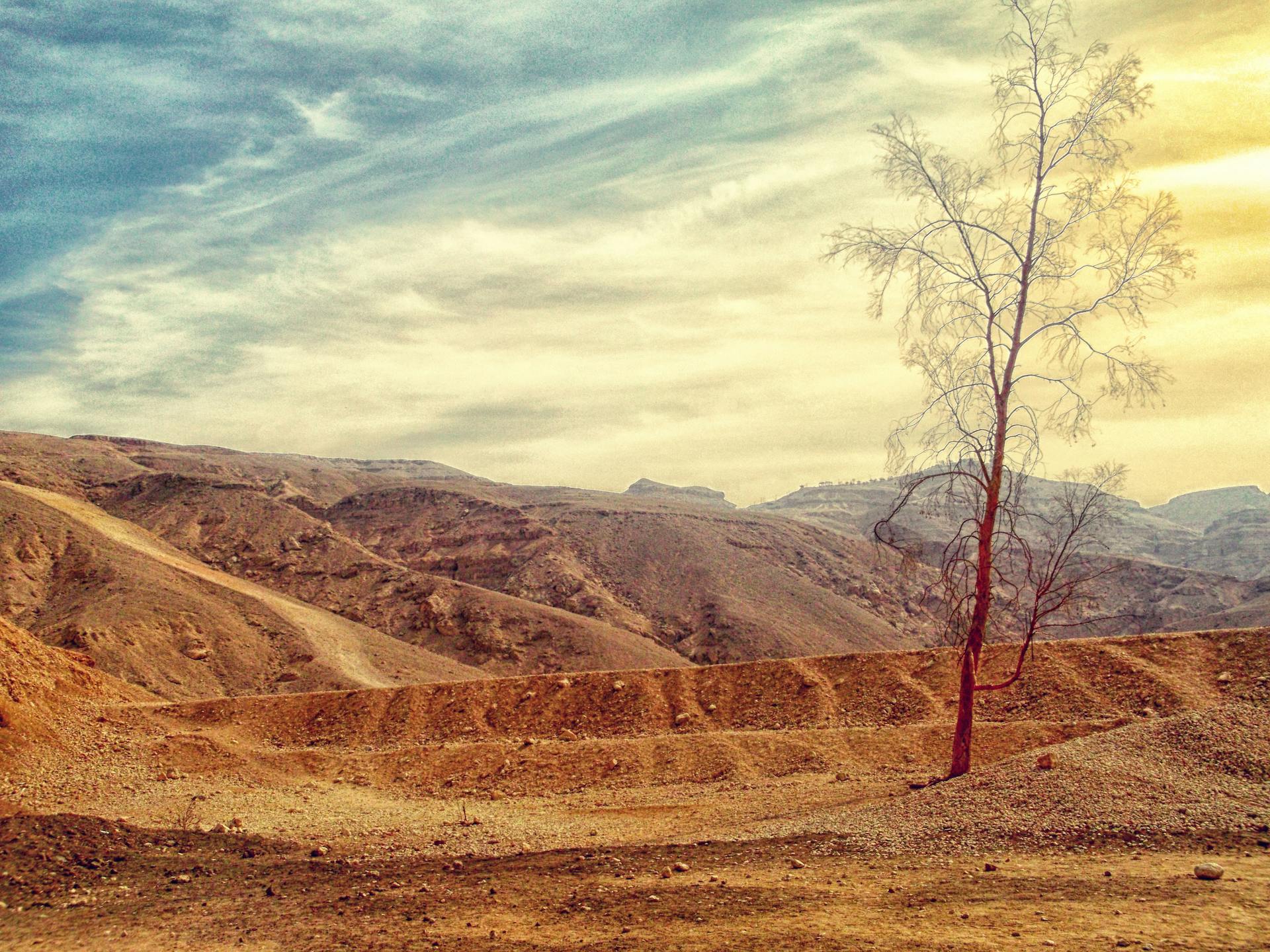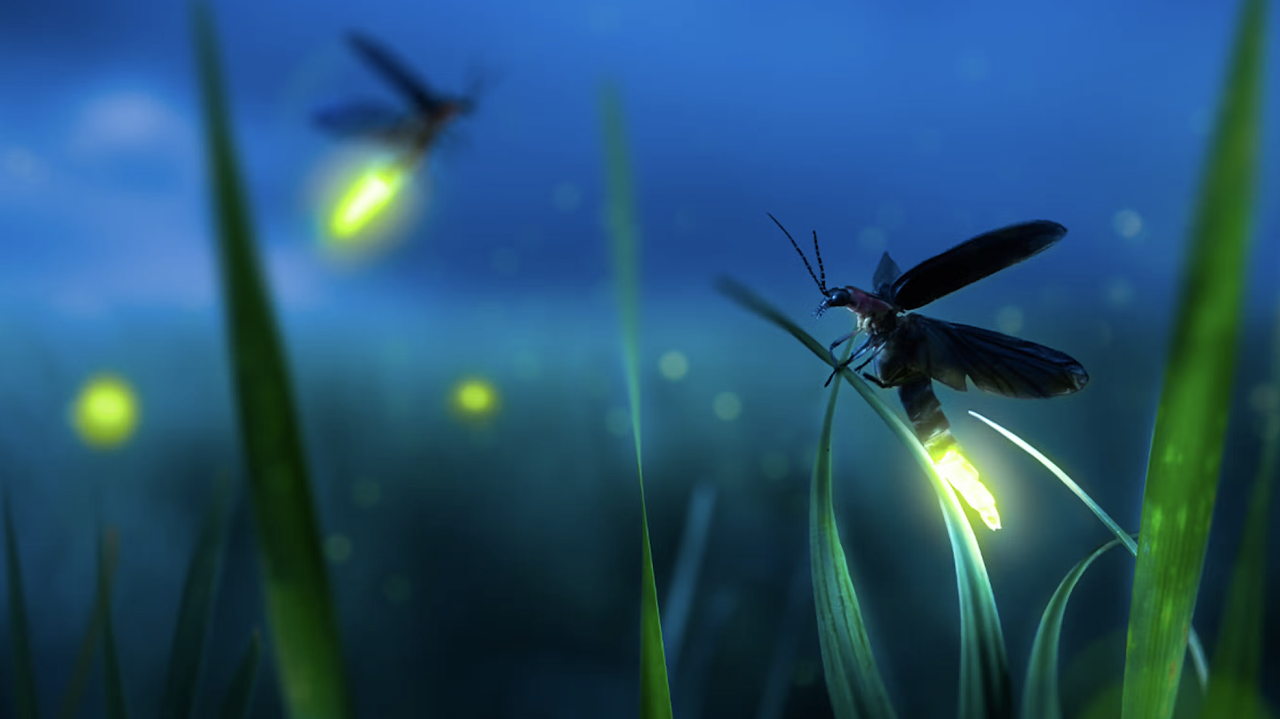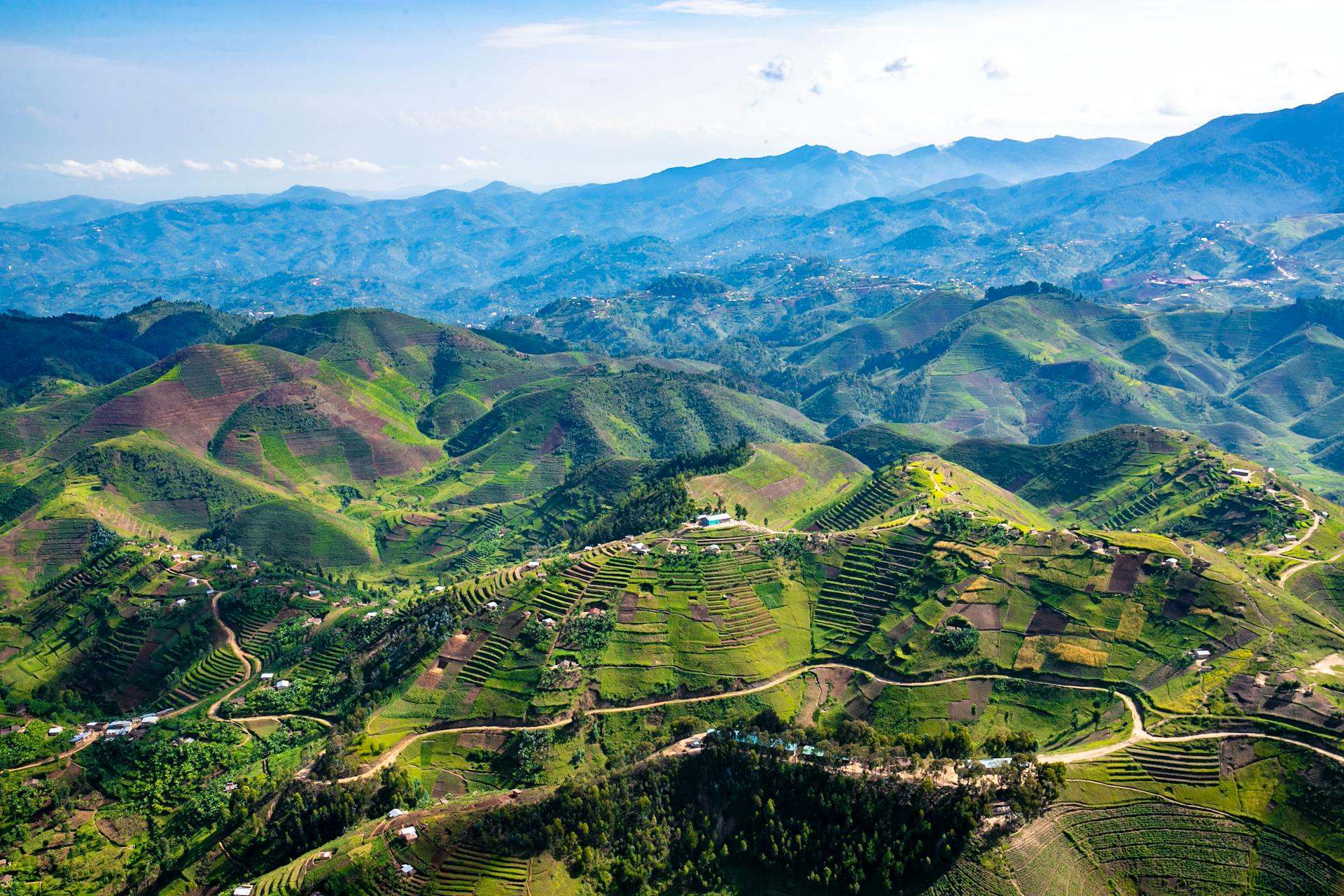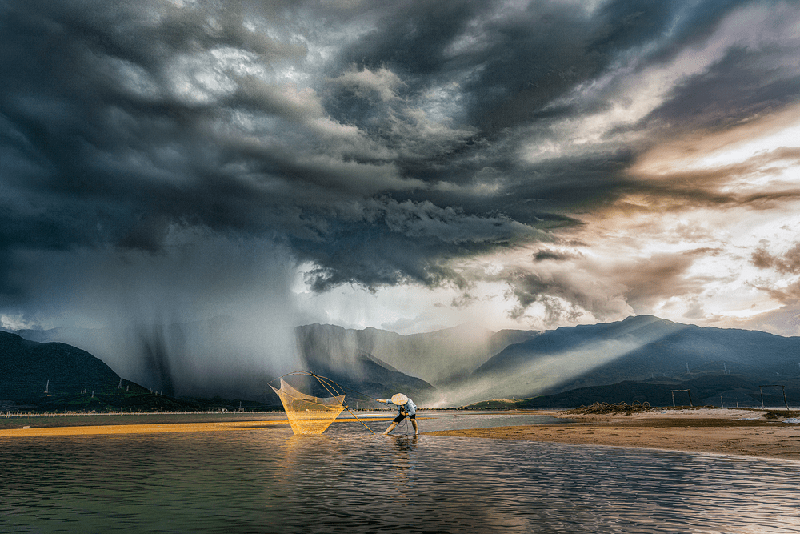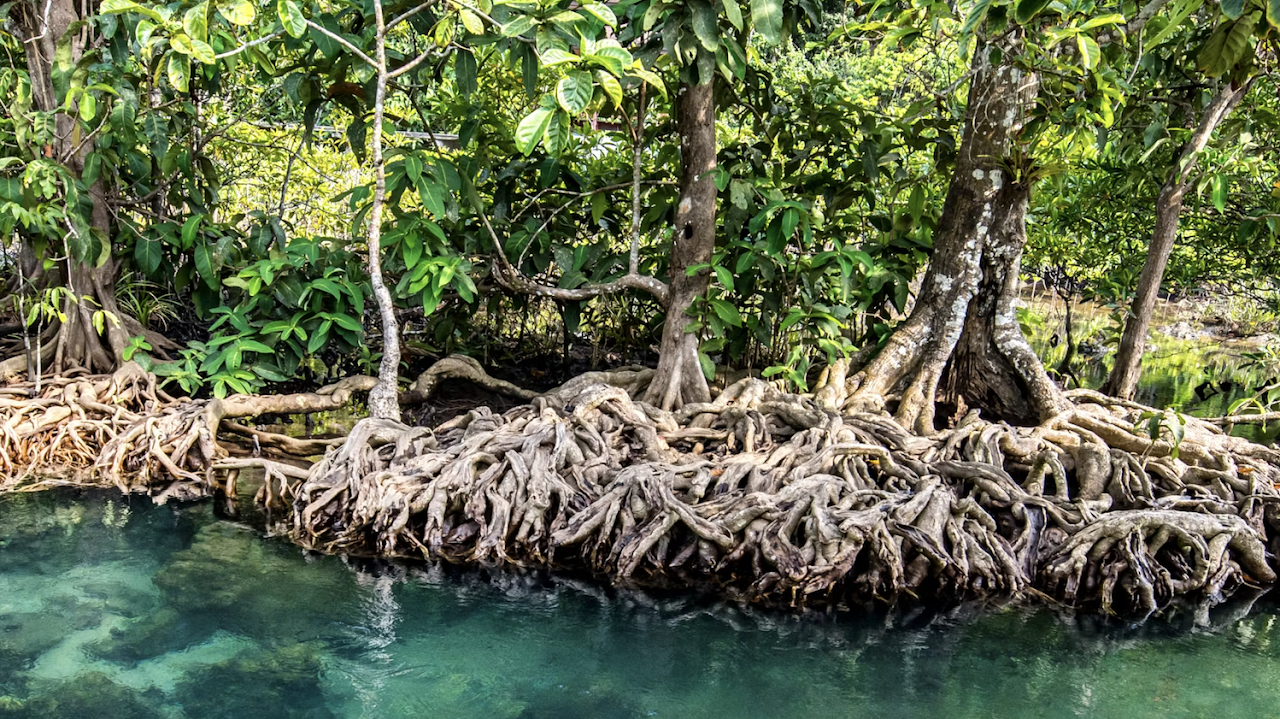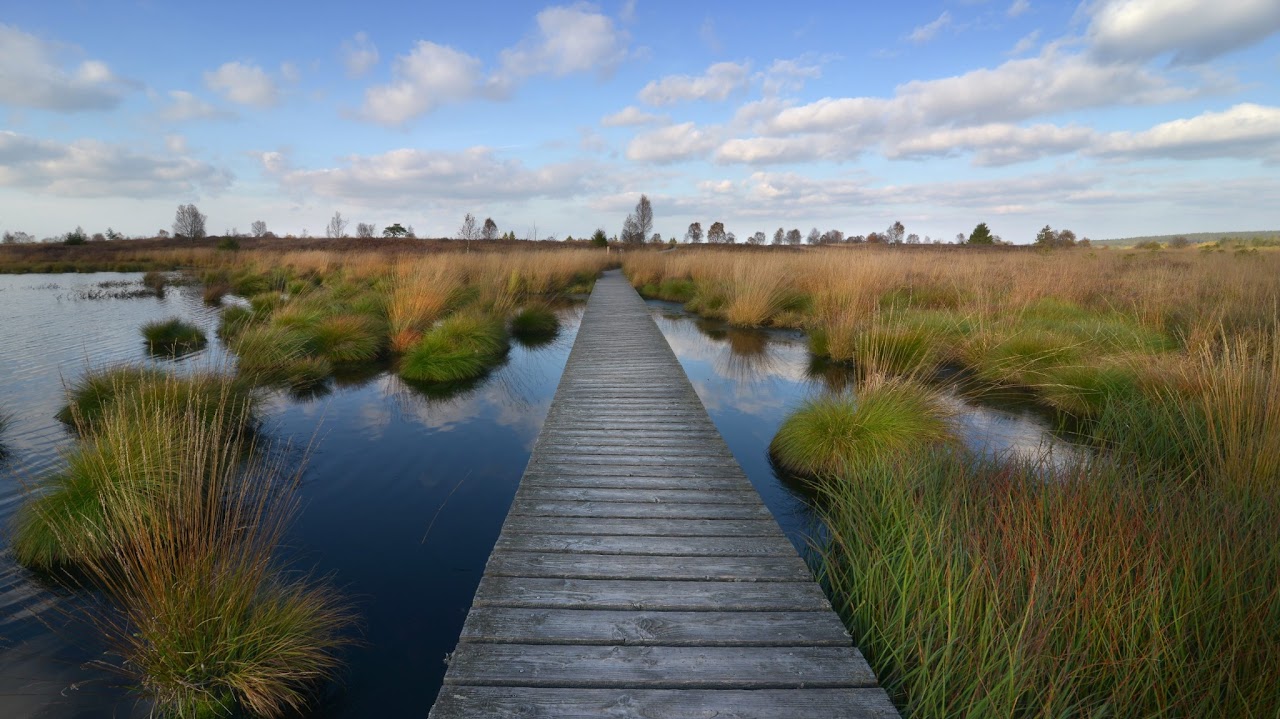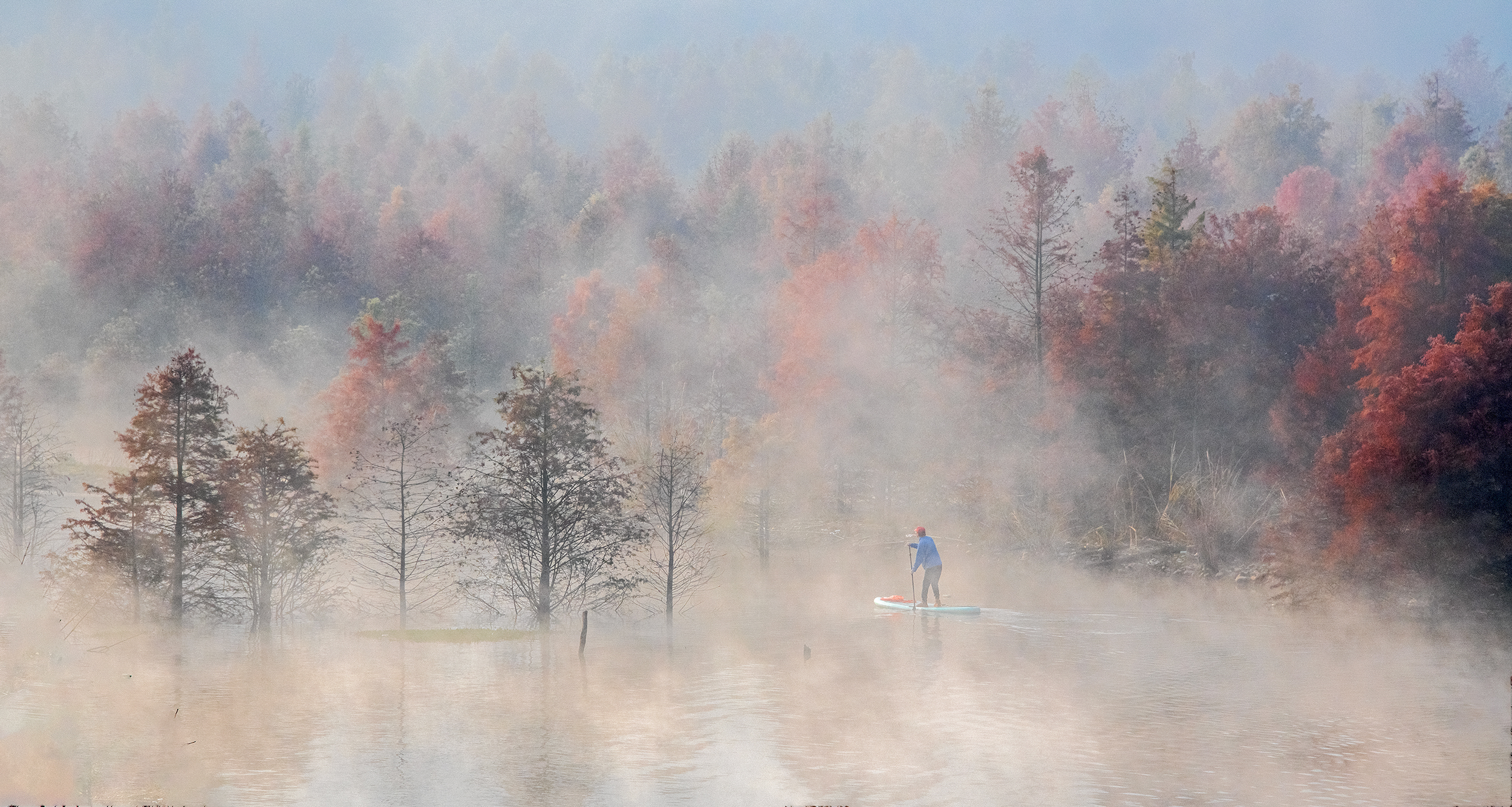Why the urgency to restore wetlands?

I was all ears during the webinar on wetland restoration. I was looking for arguments to persuade the community where I grew up to restore wetlands drained a long time ago. Two beautiful grey-crowned crested cranes that had made this habitat their home had since disappeared. These cranes are found only in East Africa, but I have yet to see them in Kenya. The birds were an endangered species. The birds may never return, but some wetlands in my home area survived. Wetlands restoration made sense, but it’s not a topic I knew well.
For a start, the webinar clarified the term wetlands, why draining them makes us vulnerable to disasters and the obstacles to wetlands’ restoration. I also learned where successes in wetland restoration had occurred and the benefits they brought to households. I also got insights of where critical gaps remain.
Dr Musonda Mumba, Secretary General, Convention on Wetlands, started us off and got my immediate attention. In her lifetime, she had witnessed rivers dry up. She has the task of saving wetlands. But she also seemed to appreciate the tradeoffs households such as ours face when they are called to save or restore wetlands. She emphasized that success in wetlands restoration will happen when policy and action respond, not just to single issues, such as species loss, but to the intersection of all the issues households and communities trade off. Climate change, infrastructure, youth, food, species loss, we, as people. And act with urgency.
Ibrahim Thiaw, Executive Secretary, United Nations Convention to Combat Desertification, reiterated this idea of interconnectedness. He pointed, additionally, to the invaluable role of local communities and indigenous peoples in wetlands restoration. Wetlands are often referred to as nature’s kidneys, he reminded us because they are critical for our health.
So, what are wetlands?
Mirey Attallah, Head, United Nations Decade on Ecosystem Restoration, compared wetlands in nature to a wet sponge. They absorb excess water and release it when it is needed. Wetlands buffer additional water and release it when there is none in the vicinity, she said.

Diana Kopensky, Coordinator, Global Peatlands Initiative, explained that peatlands are a special type of wetland. She stressed that peatlands may only cover three per cent of the world’s wetlands, but they store more carbon than all the forests of the world combined. What’s more 98 per cent of these peatlands have not been degraded, and should be protected. Significant, in light of Attallah’s warning that degrading wetlands releases methane, one of the most potent greenhouse gases. Wetlands are essential greenhouse gas stores.
What causes the loss of wetlands?
Dicky Simorangkir, Senior Expert Biodiversity Conservation at the G20 Global Land Initiative, said peatlands degradation is happening at lightning speed. Drawing on the experience of Indonesia, he explained the three key causes of peatland degradation: conversion of land for agriculture; drainage and then burning of the peat to construct canals; and poverty, because people have neither alternative livelihoods nor the expertise to acquire those livelihoods.
What are their effects?
What I learned from Jane Madgwick, Chief Executive officer, Wetlands International, stunned me. She said some disasters, such as droughts and heatwaves are linked to the loss of wetlands. But how, I wondered, reflecting on the loss of wetlands in my home area and the possibility, however remote, that their loss on a grand national scale may have precipitated the most recent four-year drought in Kenya; and the most severe in living memory.
But that was not the end of the story. Floods too.
Professor Ibby Kakulu, Rivers State University, Nigeria, described the recent flooding in the Niger Delta in Nigeria and explained that the path to it was the conversion of urban wetlands to other uses. Wetland degradation is on the rise, she warned. They are being sand filled to meet demands, such as housing and infrastructure. And yet, urban wetlands are what we need to reduce the risks of flooding.
My mind was whirling wildly. I was not just speculating about our collective future. Most of the global population will live in urban areas and as high-rise resorts built on man-made islands abound. I wondered about the future of these developments and where else the loss of wetlands could have turned recent flash floods or wildfires into disaster zones or death traps.
Dr. Muralee Thummarukudy, Director, G20 Global Land Initiative Coordination Office, gave some clues. During the tsunami of 2004, there was less destruction along the Indonesian coastlands where mangroves thrived. He added that where wetlands have dried up, natural disasters are magnified.

What can we do?
But I heard words of hope.
Madgwick said disasters could be reversed by restoring Wetlands. “The challenge is how to do so at sufficient pace and scale.”
Elizabeth Benhardt, UNEP, gave copious examples of successful cases and best practice in wetland restoration. From San Salvador (El Salvador), Mombasa (Kenya) and Ouazarzarte lagoon (Morocco) to Bangkok (Thailand), Kurunegala (Sri Lanka) and Coimbatore (Tamil Nadu, India). Mangroves are being planted to build resilience to disasters. Waste water is being used to plant trees in arid areas. She called it “intentional restoration.”
One of Benhardt’s proposals is the use of environmental economic accounting standards to finance restoration. A new concept I had no time to wrap my head around. Madgwick said change would come by re-orienting incentives to nature positive systems that will transform agriculture, aquaculture and remove harmful subsidies. Kakulu called for a more pragmatic approach to urban wetland restoration that balances all the demands around a wetland and for meaningful partnerships in urban planning and development, especially as foreign investment is often involved.
According to Madgwick, we must restore 350 million hectares of inland water (an area larger than India in size) and 300 kilometers of rivers in the next few years to meet the new global target of restoring, by 2030, “at least 30 per cent of degraded terrestrial, inland water, and coastal and marine ecosystems….” This target was agreed in December 2022 under the Kunming-Montreal Global Biodiversity Framework.
Dr. Khaled Al-Abulkader, Saudi Arabia, spoke about the Saudi Green Initiative, a project designed to restore the country’s 13 ecosystems, including the key wetland areas on The Arabian Gulf and Red Sea coastal areas. Over 200 million mangroves will be planted.

This was a rich session.
Now what?
Ordinary people, including those who live close to wetlands or degrading wetlands, like me, may be aware of some, but not the full benefits of wetlands. For example, that they reduce exposure to disaster risk. It is counterintuitive. Local communities and the landowners who view wetlands as a nuisance or threat are our best allies in any campaign to restore and conserve these fragile ecosystems. But arming the change agents at the community level with this practical and relevant knowledge is a small step that we all can take.
But more is needed. The science, training opportunities and tools to help people who are ready and willing cannot be overstated. We need to build massive technical capacity in land restoration and conservation worldwide through formal or informal training of students and professionals. Also, we need to seize every opportunity, including through how we socialize children and youth, to pass on knowledge about us and our habitats. Training is one of the key outcomes that the G20 Global Land Initiative is pursuing to achieve its 2040 ambition, which Dr. Thummarukudy, summarized as: a 50 per cent reduction in degraded land.
Read more about the webinar here
Image credits:
https://commons.m.wikimedia.org/wiki/
https://www.needpix.com/
https://www.theguardian.com/
https://commons.wikimedia.org/wiki/
